Hemm Plumerjamagħrufa wkoll bħala frangipani or pomelia, is a tropical plant with splendid and fragrant blooms. Its beauty and ability to adapt to growing in pots make it a popular choice for gardening enthusiasts looking to add an exotic touch to their space. However, growing Plumeria in pots requires some specific attention to ensure its healthy development and abundant flower production.
In this article, we’ll explore the essential tips for successfully growing frangipani in pots, from the choice of soil, proper exposure to sunlight, and watering and pruning techniques.
What are the origins of Plumeria?
Plants of the genus Plumeria belong to the family apocynaceae. They are native to tropical regions of Central America, South America and the Caribbean.
They are commonly found in countries such as Mexico, Brazil, Venezuela and in Caribbean islands such as Cuba, Jamaica and Puerto Rico. These tropical plants are widely prized for their beauty and enchanting scent which is why they have been introduced to many other parts of the world as ornamental plants. Today, the cultivation of Plumeria is widespread in many tropical and subtropical regions of the world, where they grow luxuriantly and offer their spectacular flowering.
How is Plumeria rubra made?
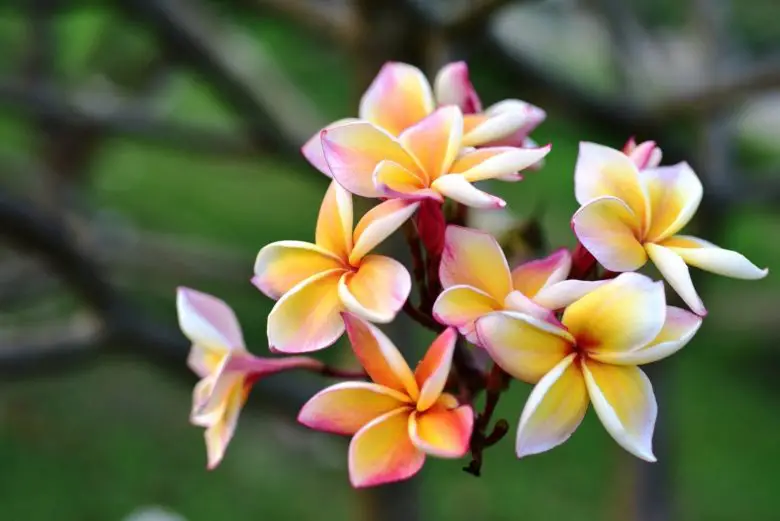
Hemm plumeria rubra it is, by far, the most potted pomelia species. In nature, it is a medium-sized tree plant that can reach a height of between 3 and 9 m. In cultivation, more compact dwarf varieties are used which grow to a maximum of 1-2 m. The variety is very beautiful Temptation.
Plumeria rubra has an erect and thick, woody stem with horizontally extending branches.
The leaves are large, glossy and oval or elliptical in shape. The color is dark green and they can measure between 15 and 30 cm in length. The leaves are arranged alternately along the branches and fall during the winter vegetative rest period.
The most distinctive feature of Plumeria rubra is its spectacular flowers, the famous frangipani. They’re large, fragrant, and come in a variety of vibrant colors, including white, yellow, pink, red, and orange. They usually have five petals, but there are also varieties with more petals, making for an even more complex bloom. The flowers can measure between 5 and 10 cm in diameter and develop in terminal clusters at the tops of the branches. Flowering occurs during the warm season, usually in spring or summer, and can last several weeks.
Frangipani flowers have a sweet and intense scent, which adds to their charm. The scent of flowers can be described as a combination of floral and fruity notes.
Botanically, it is important to note that Plumeria rubra also produces fruit, which are long thin capsules containing winged seeds that are dispersed by the wind.
How to grow Plumeria in pots?
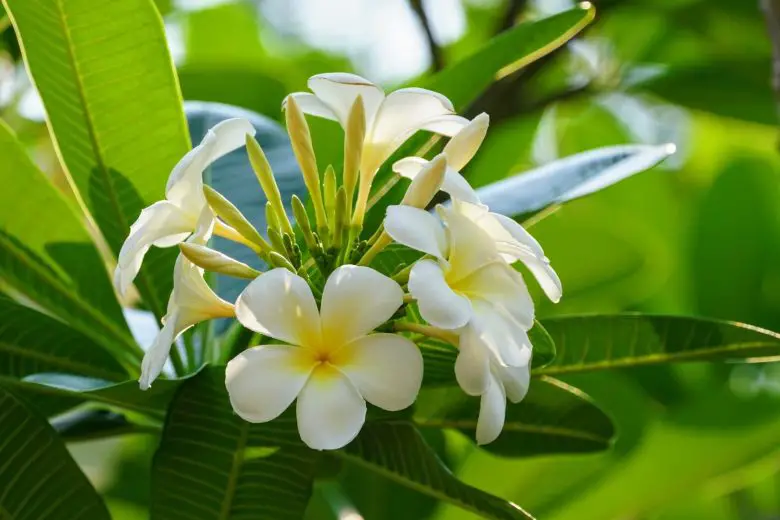 Plumeria is a tropical plant that requires warm temperatures to grow and thrive. Its tolerance to winter temperatures depends on the specific region where it is grown. In general, it cannot tolerate temperatures below 10°C and can be damaged or even die if exposed to prolonged temperatures close to freezing or freezing.
Plumeria is a tropical plant that requires warm temperatures to grow and thrive. Its tolerance to winter temperatures depends on the specific region where it is grown. In general, it cannot tolerate temperatures below 10°C and can be damaged or even die if exposed to prolonged temperatures close to freezing or freezing.
This is one of the main reasons why pot growing is preferred for Plumeria in many regions.
Growing the plant in a pot allows you to better control the environment and to move it indoors during cold periods, thus protecting it from damage caused by low temperatures. This flexibility allows garden enthusiasts to grow frangipani flower even in colder climates, as one can move the plant to a protected area during the winter.
In addition, growing pomelia in pots offers other benefits. For example, it allows you to place the plant in a well-lit area to promote optimal flowering and to provide a specific growing medium for its needs. Furthermore, growing in pots makes it easier to control irrigation and drainage, avoiding water stagnation which could damage the roots.
In summary, cultivation in pots is preferable for Plumeria due to its specific thermal needs and the possibility of protecting it during cold periods. This allows gardeners to successfully grow her even in colder climates and provide ideal conditions for optimal growth and flowering.
What is the ideal soil for growing pomelia?
To grow Plumeria in pots, it is important to use well-draining soil that provides a favorable environment for root development and proper nutrient uptake. The soil must be well draining to avoid waterlogging, which could cause root rot. Good drainage can be achieved by mixing the soil with inert material such as coarse sand or perlit.
The soil should also be porous to allow airflow to the roots and prevent excessive moisture buildup. Adding organic materials such as peat or coir improves this condition.
The substrate must have a good supply of organic matter, capable of supplying the essential nutrients for the plant.
Plumeria prefers a pH soil slightly acidic (almost neutral), between 5 and 6.5.
With these premises it is possible to grow the frangipani starting from a ħamrija għall-pjanti ħodor of good quality, enrich it with a fraction (20%) of acid peat and perlite plus a part (10%) of kompost organiku to ensure a good availability of nutritional elements over time.
How long does it take for Plumeria to be repotted?
The frequency of transplanting Plumeria depends mainly on the size of the pot in which it is currently planted and its root development. Usually, it is advisable to repot the plant every 2-3 years, but there are some factors to consider.
If the pomelia is in a too small pot and the roots are well developed and completely fill the container, it is necessary to transplant it into a larger pot in a shorter time. Roots that become excessively dense in the pot can hinder the healthy growth of the plant by causing it to suffer. If you notice that the roots are sticking out of the drainage holes in the pot or wrapping themselves around the soil, it is a sign that the Plumeria may need to be transplanted to provide more root space.
When transplanting your frangipani, be sure to use a slightly larger pot, gradually upgrading the container size as the plant grows. When transplanting, also check the condition of the roots and remove any dead or damaged roots.
Keep in mind that repotting Plumeria can cause a short period of stress for the plant. Be sure to provide adequate care and attention during the adjustment period, including regular watering and appropriate sunlight to aid recovery and growth resumption.
How can a Plumeria plant be multiplied by cuttings?
There are several ways to multiply a Plumeria plant. The main technique is that of cutting.
Choose a healthy mother plant and take a semi-woody cutting 20-30cm long. Make sure the cutting has at least 2-3 nodes, which are the bumps on the stem from which roots will grow.
Leave the cut cutting in a cool, shady place for about a week, allowing the wound to heal and dry. This reduces the risk of rotting during propagation. Once the cutting is ready, plant it in well-draining soil, such as a sand-and-peat mix or perlite. Keep the soil moist, but not overly wet. Roots should begin to develop within a few weeks to months. After the cutting has developed a healthy root system, it can be transplanted into a larger pot. The best time to do this is spring.
How much water to give the frangipani pot?
Proper watering is critical to the health of potted Plumeria. However, the amount of water needed can vary based on several factors, including climate, pot size, plant size and the type of soil used.
Before watering, check the soil for moisture by inserting a finger into the soil to a depth of about 5 cm. If the soil feels damp to the touch, avoid watering and check again later. Avoid leaving the soil constantly wet, as this can cause root rot.
The frequency of irrigation may vary according to climatic conditions and seasons. During hot, dry weather, you may need to water more frequently, such as once or twice a week. During the coldest months, when the plant is in vegetative rest, the frequency of irrigation can be decidedly reduced, if not suspended.
When watering your Plumeria, make sure you water evenly so that all the roots get water. Water until water begins to run out of the pot’s drainage holes, making sure not to leave standing water in the saucer.
Observe the plant carefully and adjust the watering according to its specific needs. Remember that it is always better to subject your pomelia to light water stress than overwatering, as this can promote healthier growth and stronger roots.
How and when do you prune a Plumeria rubra?
Plumeria pruning can be done to control plant shape, stimulate branching, and promote more profuse flowering
Pruning is usually recommended in the late winter period, when the plant is in a dormant state or begins to show signs of awakening. In general, avoid pruning during the active growing season, as it could negatively affect flowering.
Used a couple of clean and sharp pruning shears.
Begin pruning by removing any dead, diseased, or damaged branches. Cut them off at the base, making sure to remove the branch completely without leaving any stumps.
To control the shape of the plant or reduce the length of the branches, you can carry out more drastic pruning. Cut desired branches above a node or fork to stimulate branching.
After pruning, you can apply cut disinfectant to larger wounds. This can help prevent the entry of pests or diseases.
Remember that Plumeria rubra flowers on new branches, so avoid excessive pruning if you want abundant flowering. Also keep in mind that the plant may release a white sap after pruning, which is normal and will stop over time.
Watch the plant closely while pruning and make sure you don’t remove more than necessary. Each plant is unique, so tailor your pruning according to its specific needs and desired aesthetic result.
What are frangipani pests?
Plumeria rubra plants grown in pots can be susceptible to attack by various parasites.
L-aktar komuni jinkludu:
- insetti tal-iskala: small insects that feed on plant sap. They can appear as white or brown dots on the leaves or stems of Plumeria plants, they should be treated at the first signs of infestation with specific products such as white oil;
- afidi: Small, soft insects that cause leaf damage, often forming colonies on stems or undersides of leaves. They are eliminated with treatments based on soft potassium soap;
- dud tal-brimba aħmar: mites are very small parasites that nestle on the underside of the leaves, causing severe yellowing and developing a thin and dense web. In case of attack it is necessary to carry out a copious and repeated wetting with fresh water, which interrupts the biological cycle of the parasite.
It is important to monitor Plumeria plants closely for early detection of pests.
What is the meaning of the pomelia flower?
Plumeria flower, commonly known as frangipani, is full of symbolic meanings in different cultures and traditions.
It is often considered a symbol of beauty and grace. Its elegant and fragrant petals represent elegance and delicacy.
In many cultures, the pomelia flower is associated with love and affection. It is often chosen as a flower to give to a loved one or as a symbol of lasting love.
In some traditions, the frangipani flower is associated with welcome and hospitality. It is in fact used to adorn outdoor spaces as a sign of welcome.
In other cultures, the flower is considered sacred and associated with spirituality. It can represent connection to the divine, inner healing and transcendence. The Plumeria flower is often associated with rebirth and transformation. Since the plant sheds its leaves during the winter season and reassembles them in spring, the flower can symbolize a new beginning and the possibility of personal transformation.

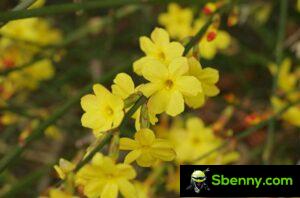
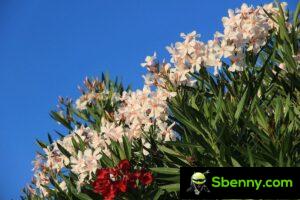
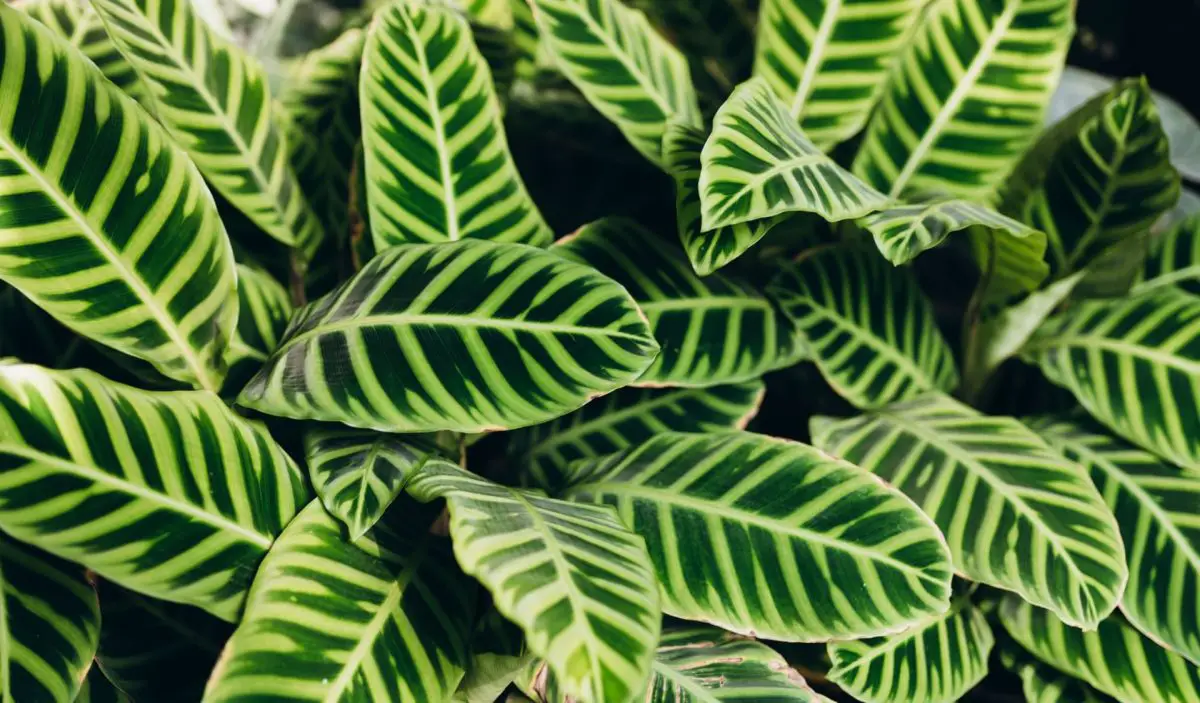
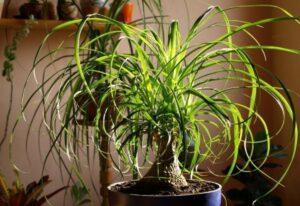
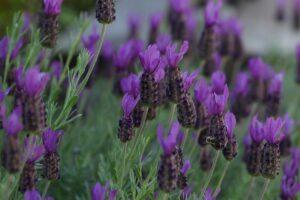
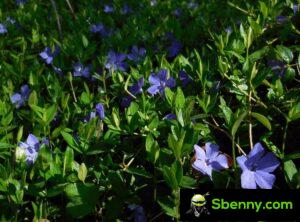
Ibda Thread ġdid